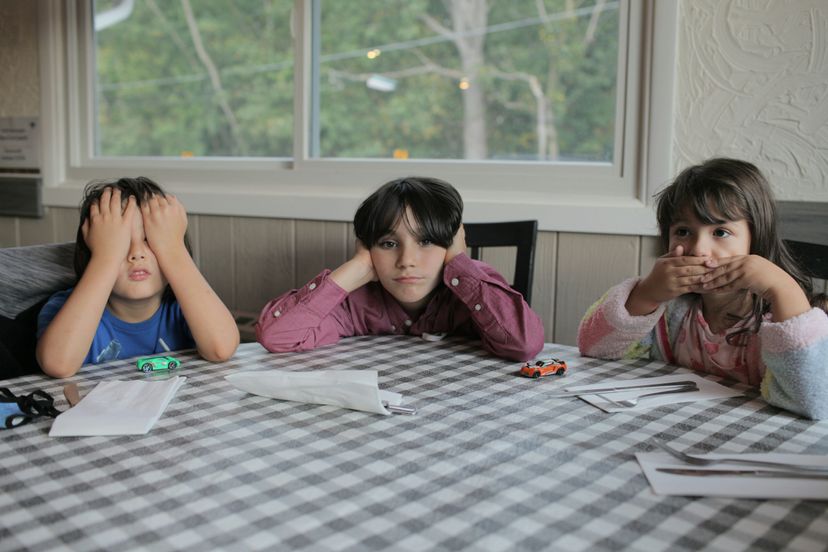
Key Takeaways
- Middle child syndrome explores challenges faced by middle children
- Rooted in birth order theory, middle children may exhibit traits like independence and peacemaking
- Strategies for supporting middle children include balanced attention, celebrating individuality, fostering independence, and validating emotions
In the intricate tapestry of family dynamics, the story of the middle child has long captivated the public imagination. Caught between the limelight of the firstborn and the coddling of the youngest, the middle child is often portrayed as the forgotten sibling, struggling to carve out their own identity and find a sense of belonging. But is this "middle child syndrome" a real phenomenon, or simply a myth perpetuated by popular culture?
Let's jump into the complex world of middle child syndrome, exploring the latest research, common characteristics, and strategies for supporting these often-overlooked individuals. Whether you are a middle child yourself, have a middle child in your family, or simply want to better understand this unique aspect of birth order on human development, this guide will provide you with a deeper understanding of this fascinating topic.
Advertisement

